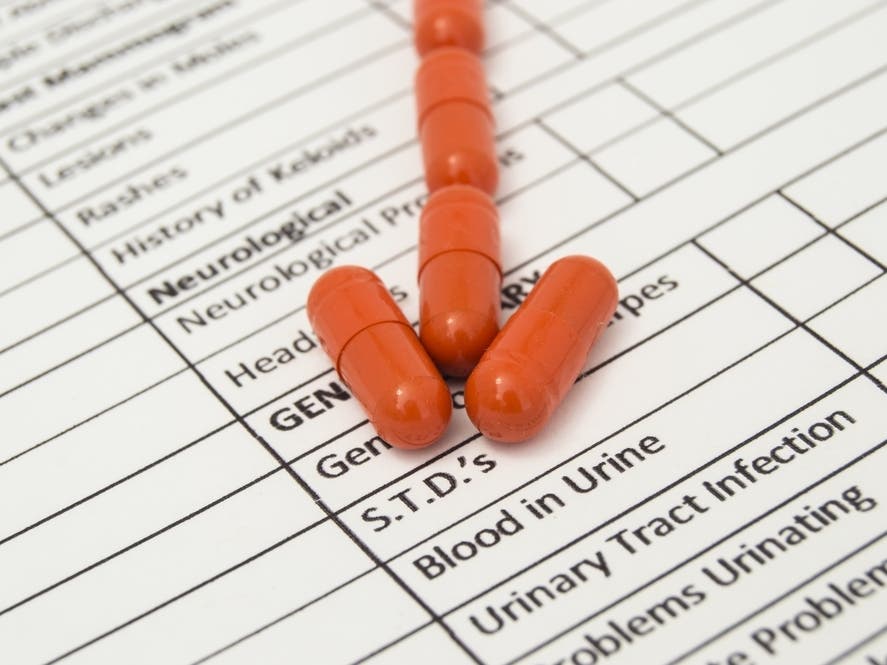Health & Fitness
STDs In NJ Spiked During COVID, CDC Says
Reports of STDs increased in the U.S. in 2020, including in the Garden State. Here's what increased, and who is most affected:

NEW JERSEY - Reports of STDs decreased during the early months of the pandemic, but surged by the end of 2020 in the U.S. and New Jersey, according to a new report from the CDC released Tuesday.
The new 2020 STD Surveillance Report found that, across the country, reported cases of gonorrhea, syphilis and congenital syphilis surpassed 2019 levels, although chlamydia declined.
In 2020, the Garden State ranked at No. 28 (24 cases) for the state with the highest cases of congenital syphilis, up from 15 cases in 2019. The state also ranked at No. 41 out of 50 states for gonorrhea (10,060 cases, up from 9,622 cases in 2019), No. 43 for chlamydia (31,649 cases, down from 37,591 cases in 2019) and No. 29 from primary/secondary syphilis (764 cases, up from 631 cases in 2019).
Find out what's happening in Holmdel-Hazletwith free, real-time updates from Patch.
Compared to 2019, that's a statewide 60 percent increase for congenital syphilis, 4.6 percent increase for gonorrhea, 15.8 percent decrease for chlamydia and 21 percent increase for primary/secondary syphilis.
Find out what's happening in Holmdel-Hazletwith free, real-time updates from Patch.
In the U.S., cases of gonorrhea and syphilis in 2020 were up 10 percent and 7 percent respectively compared to 2019 numbers. And while reports of chlamydia declined 13 percent from 2019, experts say that the low number of cases is a result of decreased STD screening and underdiagnosis during the pandemic.
“The COVID-19 pandemic put enormous pressure on an already strained public health infrastructure,” said Jonathan Mermin, M.D., M.P.H., Director of CDC’s National Center for HIV, Viral Hepatitis, STD, and TB Prevention. “There were moments in 2020 when it felt like the world was standing still, but STDs weren’t. The unrelenting momentum of the STD epidemic continued even as STD prevention services were disrupted.”
Other factors that likely contributed to the decline in reported STD cases during the first part of 2020 include diversion of public health staff from work, laboratory supply shortages and lapses in health insurance coverage due to unemployment.
The analysis also found that racial and social minority groups, as well as youth, continue to experience higher rates of STDs. In fact, in 2020, over half (53 percent) of reported cases of STDs were among adolescents and young adults aged 15 to 24 years.
It’s a trend that stems from longstanding factors such as lack of access to regular medical care, discrimination and stigma, experts say.
“The COVID-19 pandemic increased awareness of a reality we’ve long known about STDs. Social and economic factors – such as poverty and health insurance status – create barriers, increase health risks, and often result in worse health outcomes for some people,” said Leandro Mena, M.D., M.P.H., Director of CDC’s Division of STD Prevention. “If we are to make lasting progress against STDs in this country, we have to understand the systems that create inequities and work with partners to change them. No one can be left behind.”
Get more local news delivered straight to your inbox. Sign up for free Patch newsletters and alerts.